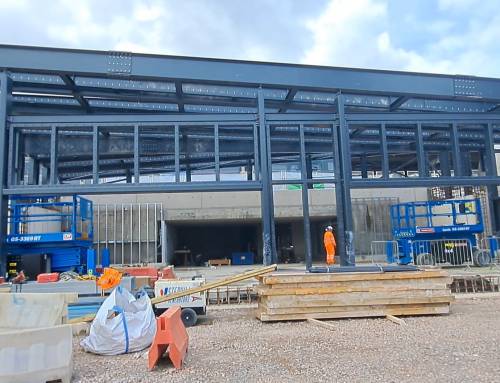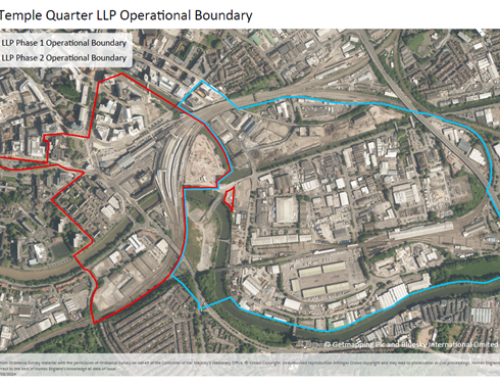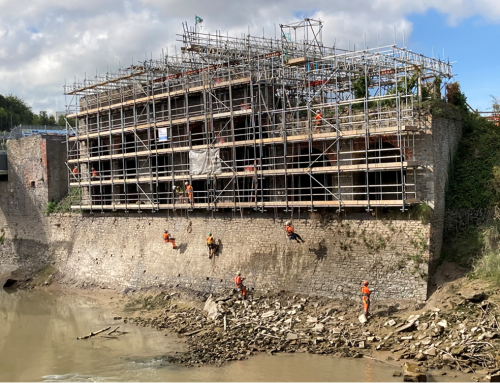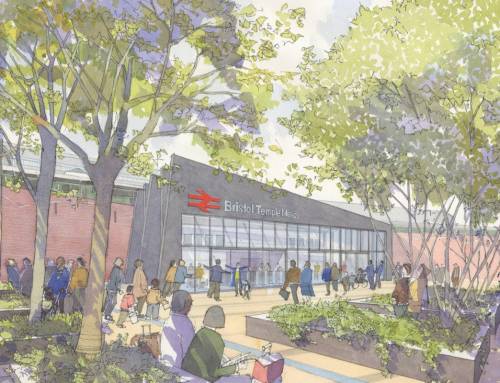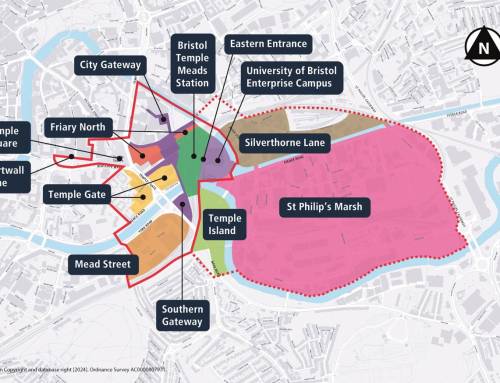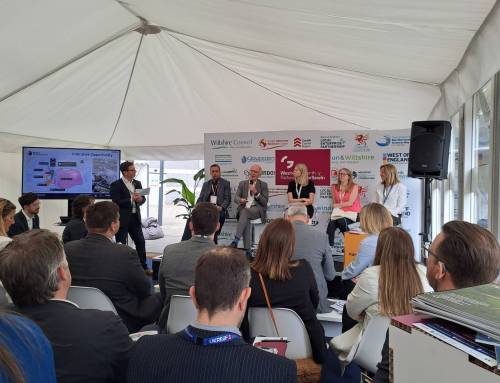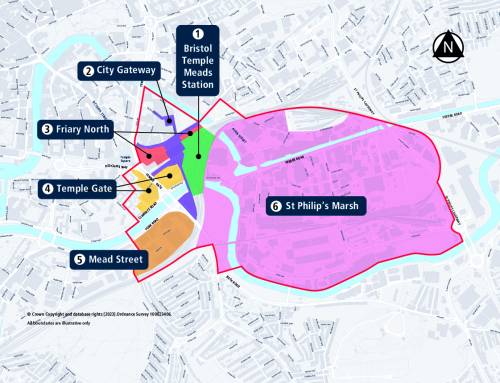Salmon Harvester Properties, a joint venture between Salmon Developments and NFU Mutual, has received planning approval, subject to 106 agreements, for its next phase of development at Temple Quay in Bristol. As its £40 million 100,000 sq ft office development at 2 Glasswharf nears completion, plans have now been approved for the adjoining site at 3 Glasswharf, which incorporates 109,255 sq ft (10,150 sq m) of offices with retail and leisure on the ground floor, plus basement car parking.
Rorie Henderson, Development Director at Salmon Harvester Properties comments, “This is fantastic news and we are delighted with how well the planning committee received our application, particularly the design and scope of the building. Discussions are now underway to finalise the infrastructure and public realm under a 106 agreement and we anticipate a start on site in the second half of next year, with completion scheduled for the first quarter of 2017.”
Salmon Harvester recently announced that PwC has signed a 15 year lease for three floors at 2 Glasswharf. PwC is taking 37,157 sq ft at £28.000 per sq ft, a record rent for the city and the largest letting for a building under construction for several years.
Salmon Harvester appointed Wates as contractor on 2 Glasswharf and commenced work on the scheme last October. Alder King is sole letting agent. The building sits within the city’s Enterprise Zone and is the first speculative development in Bristol for several years. PwC will commence fit out of the top three floors (4th, 5th and 6th) in March and expects to relocate its Bristol staff to their new regional office next Autumn.
Bristol Mayor, George Ferguson adds, “I am delighted that this planning permission has been granted in a relatively short time for what is the second phase of a very substantial vote of confidence in Bristol by Salmon Harvester. The letting to PwC of 2 Glass Wharf, itself a vote of confidence in the enterprise zone, has led to the developers progressing the next phase. We hope that this, together with the second Salmon scheme, acts as a catalyst for further development and investment on neighbouring sites.”



